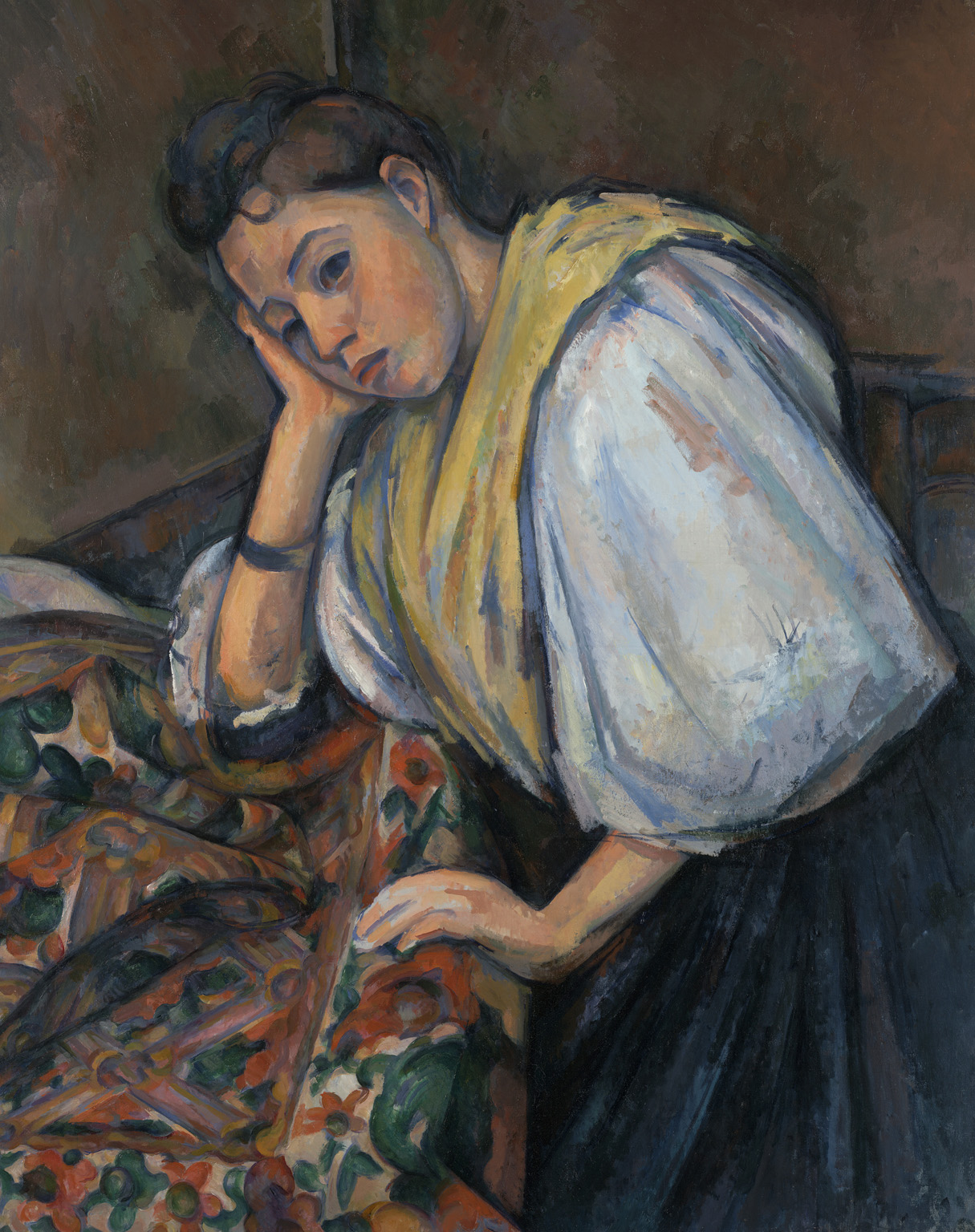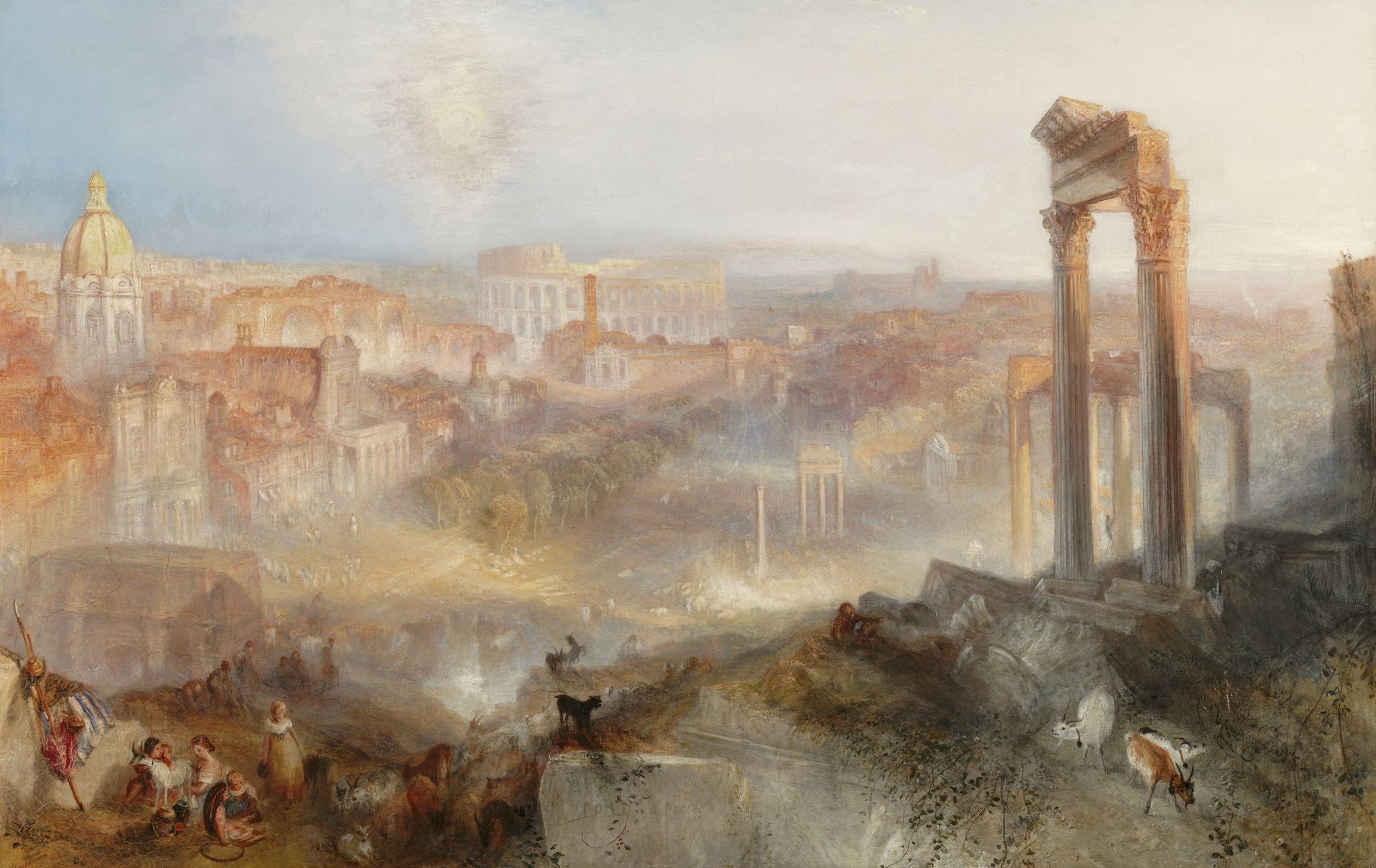
THE GETTY CENTER
A spectacular art collection, superb architecture, and lovely gardens combine with a hilltop location to create one of LA’s finest cultural destinations. Designed by Richard Meier, the Getty Center opened in December 1997 after 14 years of planning and construction. It unites the entities of the Getty Trust created by oil tycoon J. Paul Getty (1892–1976), including research and conservation institutes. At its core is the museum, with its exquisite European art from illuminated manuscripts to contemporary photography.
NEED TO KNOW
![]() Getty Center: 1200 Getty Center Dr, Brentwood; 310-440-7300; open 10am–5:30pm Tue–Sun (until 9pm Sat); www.getty.edu; parking $15 ($10 after 3pm)
Getty Center: 1200 Getty Center Dr, Brentwood; 310-440-7300; open 10am–5:30pm Tue–Sun (until 9pm Sat); www.getty.edu; parking $15 ($10 after 3pm)
![]() Getty Villa: 17985 Pacific Coast Highway; 310-440-7300; open 10am–5pm Wed–Mon; advance timed ticket required; parking $15 ($10 after 3pm)
Getty Villa: 17985 Pacific Coast Highway; 310-440-7300; open 10am–5pm Wed–Mon; advance timed ticket required; parking $15 ($10 after 3pm)
- Picnic in the gardens or courtyard, or buy a light meal at a kiosk or the self-service café. For gourmet meals, book at The Restaurant.
- The Getty welcomes kids, with special child-oriented audio guides and a staffed Family Room with games and various hands-on activities.
- Free architecture and garden tours are offered.
1. Cabinet on Stand
Celebrating the triumphs of French king Louis XIV, this cabinet has been attributed to André-Charles Boulle (1642–1732). The design features several materials, including pewter and tortoiseshell.

The ornate Cabinet on Stand
2. The Adoration of the Magi
In this Renaissance masterpiece, Andrea Mantegna (c.1431–1506) emulates ancient Roman reliefs to achieve an intimacy between subjects. The three kings represent Europe, Asia, and Africa.
3. Irises
Dutchman Vincent Van Gogh (1853–90) painted this detailed work in the last year of his life in a mental asylum. The intense color and energetic composition borrow from Gauguin and Japanese printmaker Hokusai.

Irises by Vincent Van Gogh
4. Young Italian Woman at a Table
This emotionally charged painting by Cézanne (1839–1906) shows off his great versatility and technical ability.

Young Italian Woman at a Table by Cézanne
5. Wheatstacks, Snow Effect, Morning
This is one of 30 works that Monet (1840–1926) painted between 1890 and 1891. Set against a soft sky and faintly visible houses, the wheatstacks form a solid, imposing presence in the picture.
6. Albert Cahen d’Anvers
Pierre-August Renoir painted this portrait of composer Cahen d’Anvers in 1881 while deciding to take up commissioned portraiture professionally.
7. The Abduction of Europa
Rembrandt (1606–69) found great inspiration in Ovid’s Metamorphoses. This work captures Jupiter, disguised as a white bull, spiriting away the princess Europa across the oceans.
8. The Calydonian Boar Hunt
Rubens’s (1577–1640) dynamic interpretation of the slaying of the Calydonian boar was painted in 1611. The work established the theme of the epic combat between man and animal.
9. Modern Rome, Campo Vaccino
Joseph Turner’s view of Rome from the Capitoline Hill is the last of his Roman paintings. It shows why this English artist (1775–1851) was celebrated as the “painter of light”.

Modern Rome, Campo Vaccino by Joseph Turner
10. Christ’s Entry into Brussels in 1889
Belgian James Ensor’s (1860–1949) painting is one of the most controversial works of the 19th century. The grotesque scene reflects the artist’s uneasiness with society.
GETTY VILLA
In a separate location on the Pacific Coast Highway, this museum and educational center is set in a re-creation of an ancient Roman country house and houses over 44,000 Greek, Roman, and Etruscan antiquities dating from 6,500 BC to AD 400. Among the 1,200 items on display are sculptures, everyday artifacts, and treasures such as Cycladic figures. Five of the museum’s 28 galleries are devoted to changing exhibitions.
